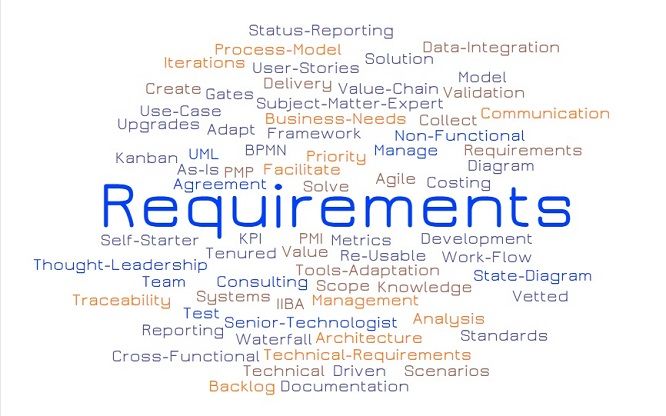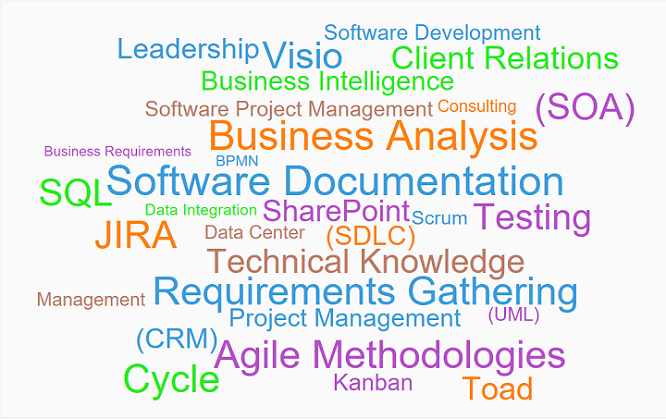Rocky Mountain Managed Information
Business Systems Analyst and expert requirements management Consultant Services bridging communication between business operations and technical teams.
The Medici Effect in Consulting
Fresh Viewpoint
A good consultant walks into the room with a fresh perspective, asking new questions that lead to workflow optimization.
Coaching & Guidance
We guide teams to find their own optimizations through collaborative problem-solving.
Disruptive Innovation
This approach creates the "Medici Effect" - breakthrough insights at the intersection of diverse fields and experiences.
Project Experience Across Industries
1
Xcel Energy (Public Utility)
Multiple projects including eSOMS implementation, DRMS implementation, Corporate Giving portal, and Regulatory Information System compliance.
2
McKesson (Healthcare)
Advanced Diagnostics Management, Healthcare Claims Authorization, and CareEnhance CRMS reengineering.
3
Government & Telecommunications
USDA Veterinary Services Bovine Tracking, Sprint Nextel Call Center Operations Upgrade.
Business Model at RMMi
Repeatable Solutions
Creating solid documentation that maps business needs to operational goals through project delivery and product roadmaps.
Communication Bridge
Bridging the gap between business operational management and technical service teams.
Proven Expertise
Bringing proven project experience, delivered solutions, and fresh ideas with thought leadership.
RMMi Core Skills

Business Systems Analysis
Expert analysis for software system upgrades, integrations and development.
Data Modeling
Master data management, reporting metrics, and data warehouse schema models.
SDLC Expertise
Extensive experience in all aspects of corporate enterprise software development life cycle.
Documentation
Clear communication in both agile framework and waterfall project cycles.
The Business Systems Analyst Role

Bridge Between Teams
Connecting business units and technical teams
Detail Documentation
Uncovering and describing business requirements
Technical Expertise
UML, BPMN, SQL, and advanced MS tools
Communication Skills
Expert communication and team leadership
The Systems Analyst serves as the crucial bridge between business operating units and technical teams throughout the Software Development Life Cycle, documenting details through Use-Cases, Workflow analysis, and Scenario elaboration.
Process Reengineering
Identify
Map and understand the complete process
Analyze
Diagram and represent in word and image
Design
Discuss and negotiate possible options
Implement
Test and deploy for production
Reengineering focuses on redesigning the process as a whole to achieve dramatic improvements, distinguishing it from incremental process improvement efforts.
Project Leadership Philosophy
When to lead and when to follow
Effective project leadership requires knowing when to take charge and when to step back and let team members lead based on their expertise.
When to focus and when to detach
Balance between deep involvement in details and maintaining the big picture perspective to ensure overall project success.
When to tighten the reins and when to let the team run
Knowing when close management is needed versus when giving the team autonomy will produce better results.
When to aggressively maneuver and when to be prudent
Strategic decision-making about when to push forward boldly and when a more cautious approach serves the project better.